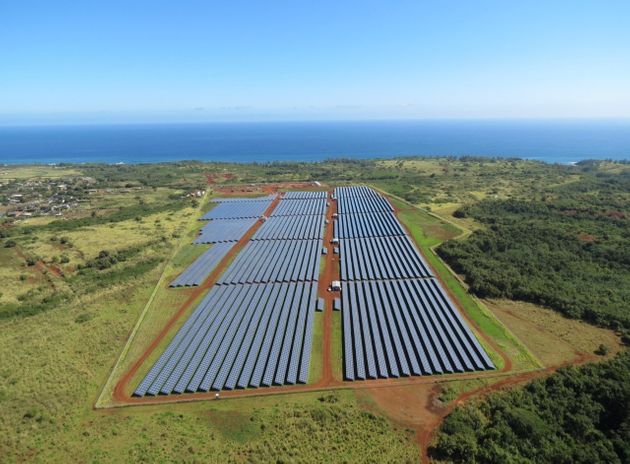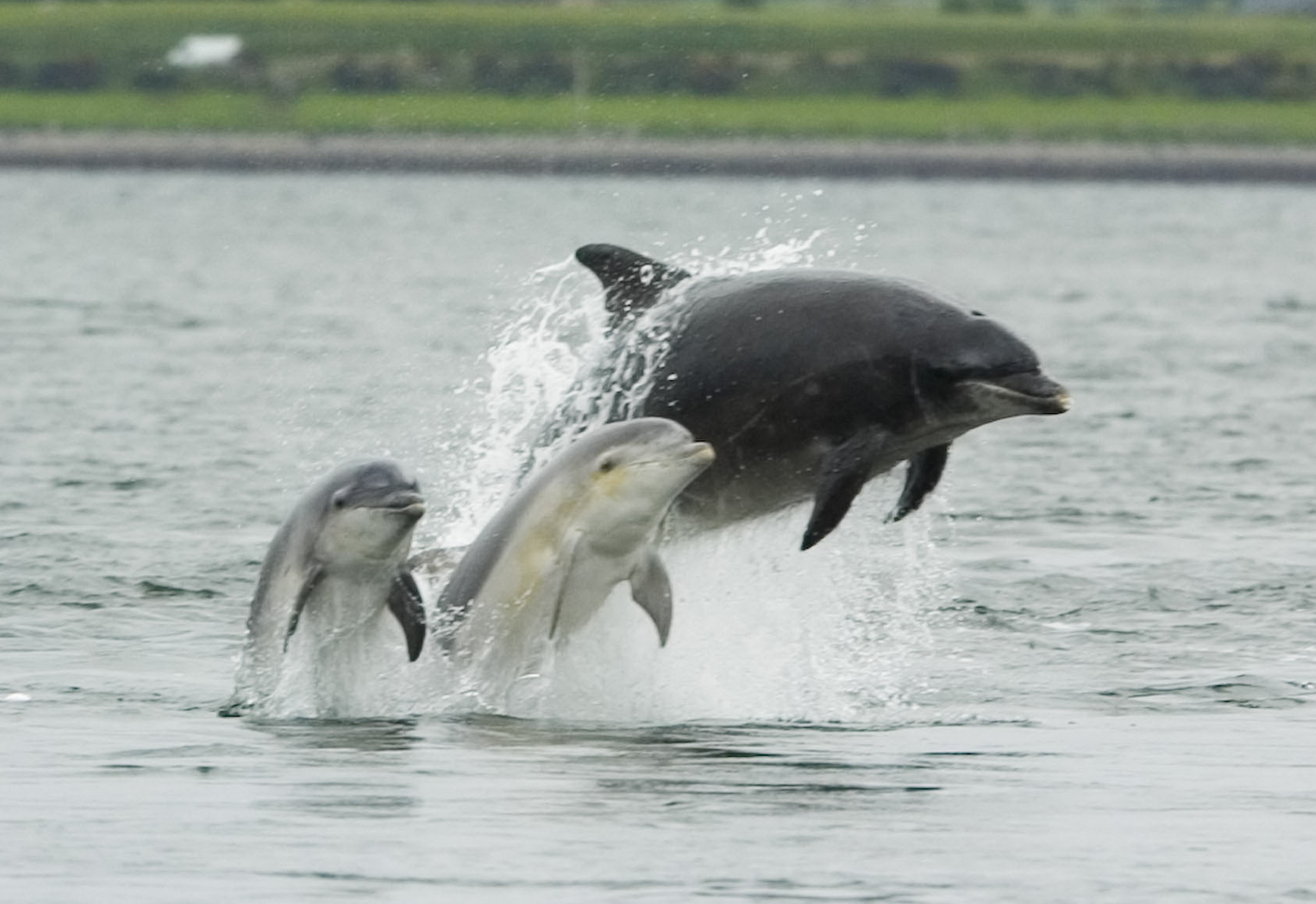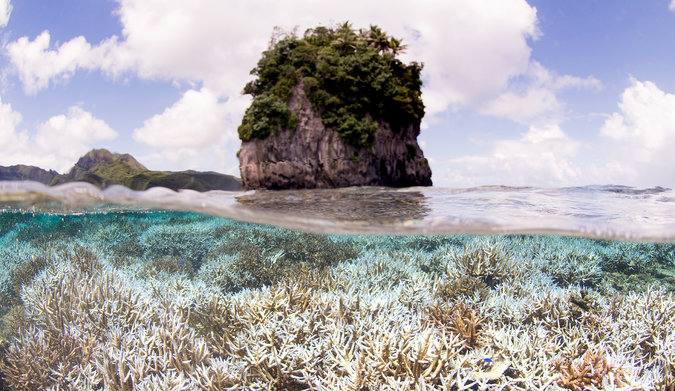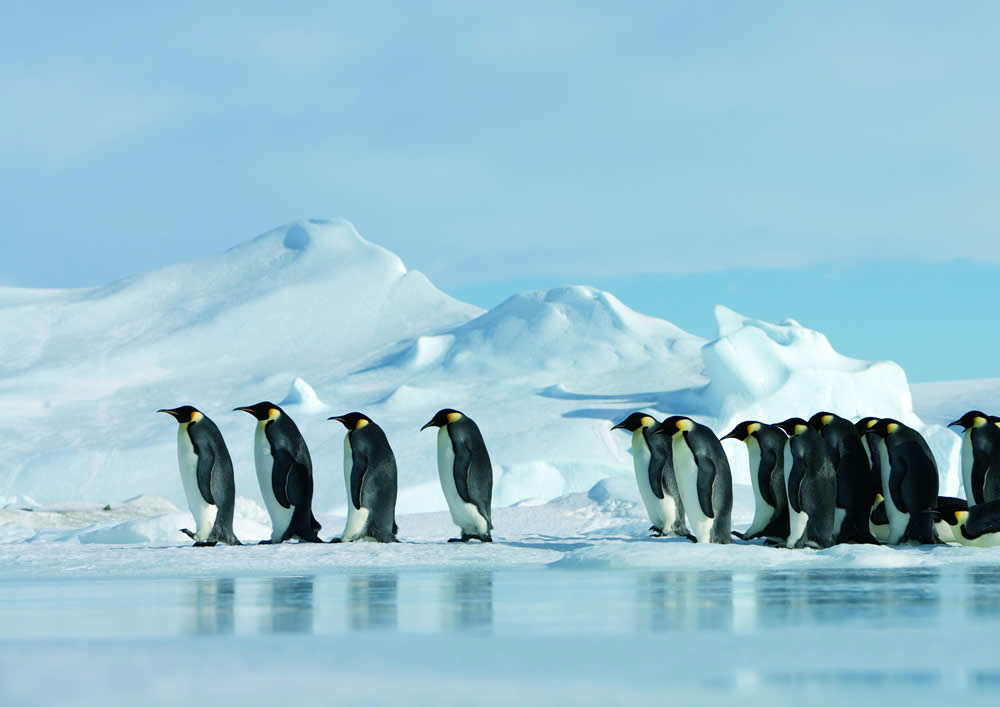1. Costa Rica’s Year Long Commitment to Hammerhead Sharks
Last month Luis Guillermo Solis, the president of Costa Rica, states that the government will “not propose or support” protecting shark species with commercial value, including threatened or endangered species. This message preceded the Convention on International Trade in Endangered Species of Wild Fauna and Flora (CITES) and the Convention on Migratory Species (CMS). This week, Costa Rica’s National System of Conservation Areas released a one year moratorium on the exportation of hammerhead sharks. This will now put Costa Rica in compliance with CITES regulations for the year. Read more…
———————————————–
2. How Does Your Plastic Bag Get Into the Ocean?
The Week in Review has included a number of new updates and articles on plastic pollution over the years. One detail that we have never clearly shared is how the 40,000-110,000 metric tons plastic actually gets into the ocean. Because the ocean is always the most downstream point of waterways, it is likely that the majority of the pollution originates from inland waterways- rivers, streams, and lakes. Although it is difficult to pinpoint the exact, studies done in California and Europe revealed the high content of microfibers and petroleum-based fabric strands in lakes and rivers. Although we can not all clean up the numerous floating plastic trash islands in the ocean, we can make a difference by cleaning our local water sources! Read more…
———————————————–
3. Hawaii Makes Another Big Move Toward 100% Renewable Energy
 Earlier this year, Hawaii released its aggressive goal to use 100% renewable energy by 2045. Kauai Island Utility Cooperative has completed the largest solar array that will replace 1.7 million gallons of oil per year! The site is located in Anahola and is the size of 45 football fields. This addition will help the island reach 37% of electricity generated from renewable resources at the end of the year. Read more…
Earlier this year, Hawaii released its aggressive goal to use 100% renewable energy by 2045. Kauai Island Utility Cooperative has completed the largest solar array that will replace 1.7 million gallons of oil per year! The site is located in Anahola and is the size of 45 football fields. This addition will help the island reach 37% of electricity generated from renewable resources at the end of the year. Read more…———————————————–
4. Oil Spill Aftermath: Why Baby Dolphins May Be Rare in the Gulf
An article in the Proceedings of the Royal Society B. reveals that the Deepwater Horizon oil spill continues to drastically impact the Bottlenose dolphin population. Only 20% of pregnant dolphins in Barataria Bay gave birth to healthy calves. Populations in other areas have an average of 83% success rate. After studying the dolphins for four years after the spill, scientists found that the dolphins in the area also have a 60% lower pregnancy success rate. In addition to the concerns about reproduction, many of females and calves were found with sever lung disease. Read more…
———————————————–
5. The Pacific Ocean Becomes a Cauldron
Around the world, weather patterns and climate variation has been extremely unpredictable this year and that’s probably putting it mildly! Hurricane Patricia was a prime example of a surprise. The National Oceanic and Atmospheric Administration’s (NOAA) geophysical fluid dynamics laboratory has been researching the complex warming and climate change in the Pacific. The Pacific Ocean is an area that is particular threatened and has created storms and issues for humans and marine life. The impacts of the warming water has created a number of issues. To name a few there have been stranded sea lions and fur seals on the CA shores, increase algal blooms, and migratory pattern changes. To learn more on the details of El Nino, “The Blob”, and other effects impacting the warming events, read here…
———————————————–
6. Antarctic Coastal Snow Accumulation Rose 30% in 20th Century
This week, a study published in Geophysical Research Letters reported that annual snow accumulation increased in the early 20th century, rising 30% between 1900 and 2010. Over the last 30 years, the ice sheets gained nearly 16 feet more water and has not thickened the ice sheet. This has in fact created loss of ice sheet area. Although the exact reason is unknown, the higher annual snow accumulation in the last 30 years was a result of an intensification of regional low pressure system and more storms. These storms could increase as an impact of climate change. Read here…
———————————————–
Be sure to “LIKE” http://facebook.com/SeaSave to ensure our “Week in Review” is delivered to your newsfeed every Thursday.
Sea Save Foundation is committed to raising awareness of marine conservation. The Week in Review is a team effort produced by the Sea Save staff to provide a weekly summary of the latest in marine research, policy, and news.







